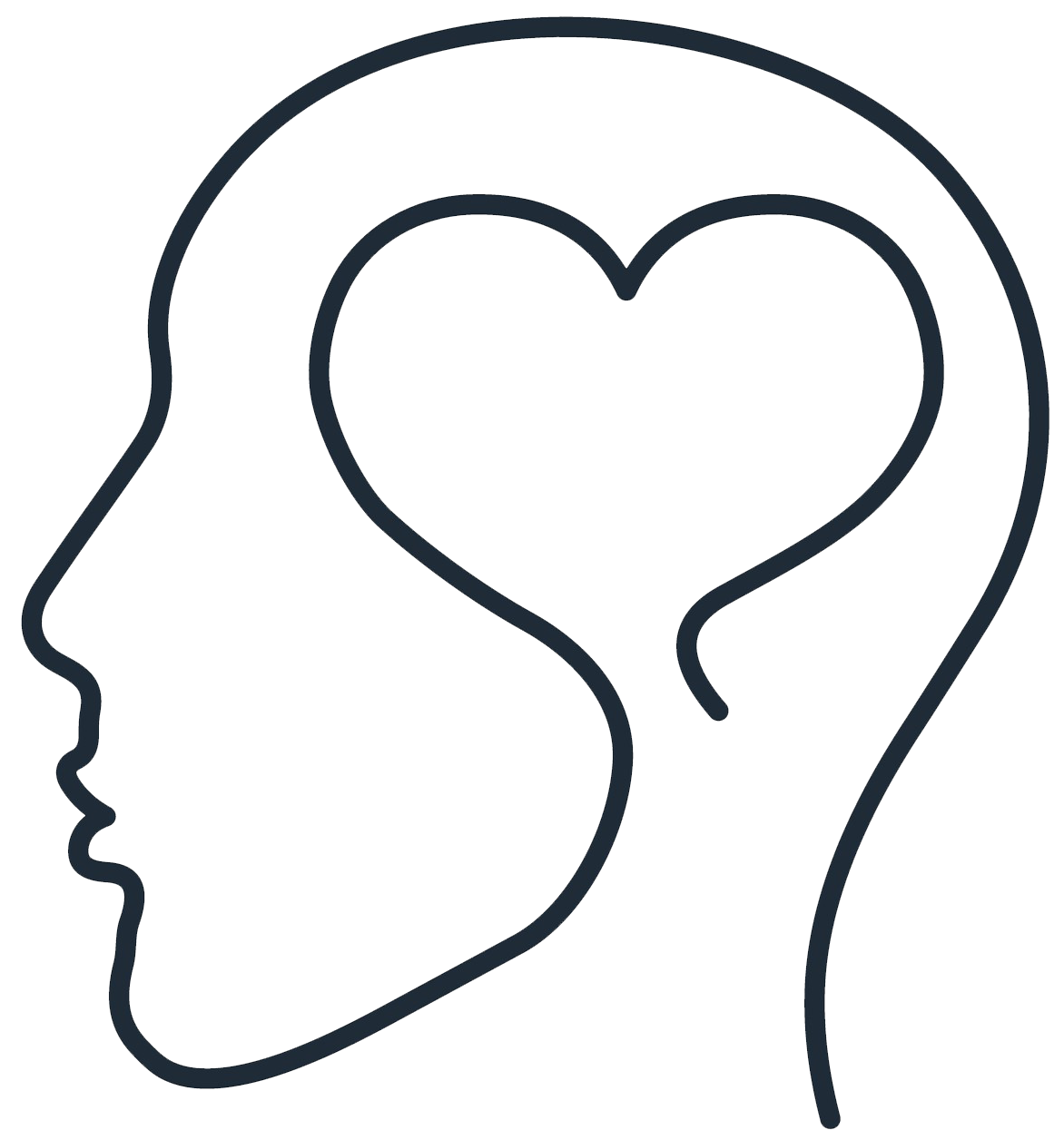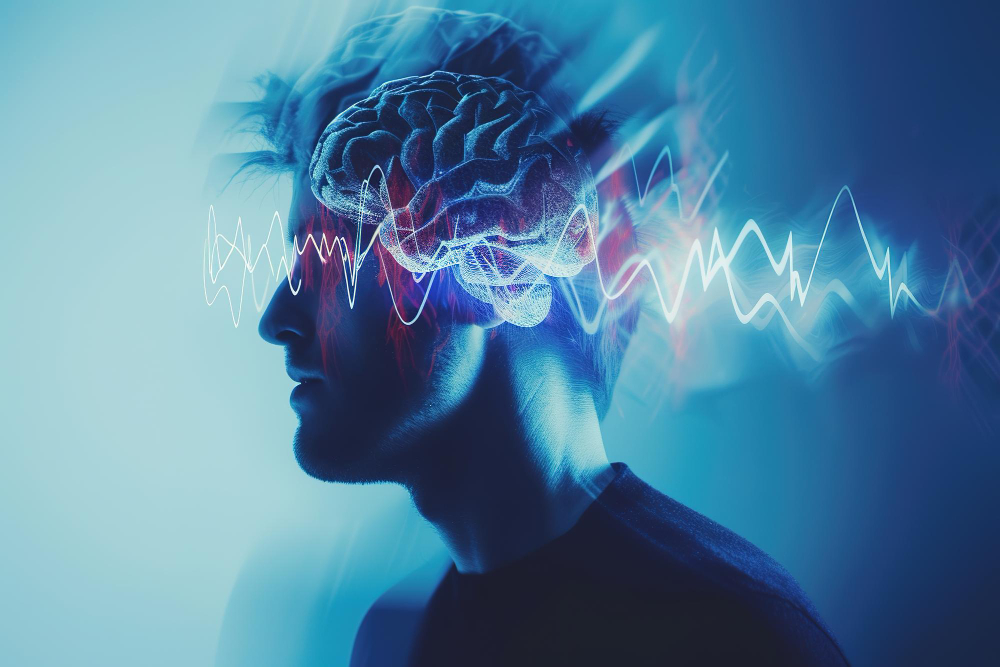Introduction: Neurofeedback for Addiction Recovery
Addiction is a pervasive issue affecting millions, with statistics revealing that over 20 million Americans struggle with substance use disorders. This staggering number underlines the urgent need for innovative treatment methods. One such approach gaining traction in addiction treatment is neurofeedback. Neurofeedback, a type of biofeedback that provides real-time feedback on brain activity, shows significant promise in promoting recovery from addiction.
What is Neurofeedback?
Neurofeedback is a therapeutic technique that trains individuals to regulate their brain activity. It involves using electroencephalogram (EEG) technology to monitor brainwaves and provide visual or auditory feedback. This process allows individuals to learn how to stabilize their brain function, thus promoting healthier patterns of behavior. This method has demonstrated potential in treating various conditions, including anxiety and depression, and is now being explored as an adjunctive treatment for substance abuse.
Unique Aspects of Neurofeedback
Unlike traditional methods of addiction treatment that often rely on medications or standard therapy, neurofeedback focuses directly on the underlying brain activity associated with addiction. It aims to change dysfunctional brain wave patterns that can lead to compulsive substance use. This targeted approach addresses the root of addictive behaviors by fostering brain self-regulation and enhancing neuroplasticity. By reshaping how the brain functions, individuals can cultivate healthier responses to triggers and cravings, supporting their overall journey in addiction recovery.
Thesis Statement
This post will explore how neurofeedback for addiction recovery targets the brain’s reward pathways, offering individuals a powerful tool in managing their mental health. As we delve into the clinical applications of neurofeedback, we’ll examine its potential to change the trajectory of addiction treatment, emphasizing its role in promoting long-term recovery outcomes.

Neurofeedback for addiction treatment
Understanding the Neuroscience of Addiction
Addiction is a complex condition that significantly impacts the brain’s function and behavior. Exploring the neurobiological mechanisms underlying addiction reveals how substances interact with our brain’s reward system, fundamentally altering neural pathways and wiring. Understanding these changes can provide insights into recovery strategies, including innovative approaches like neurofeedback.
The Neurobiological Mechanisms of Addiction
At the heart of addiction are neurobiological processes primarily driven by the neurotransmitter dopamine. When a person engages in substance use, dopamine is released in the brain’s reward pathways, creating feelings of pleasure and reinforcement. This cycle of reward leads to an increased likelihood of repeated substance use, as the individual seeks to replicate those pleasurable feelings. Over time, the brain becomes accustomed to these heightened dopamine levels, leading to changes in function and an individual’s natural ability to regulate feelings of pleasure.
Alteration of Brain Function and Neural Pathways
Substance abuse profoundly alters brain function, particularly in areas associated with decision-making, impulse control, and emotional regulation. The prefrontal cortex and limbic systems, critical for weighing consequences and regulating emotions, become compromised. These neural adaptations can shift an individual’s motivation and behavior, making achieving recovery challenging and often leading to relapse.
The Role of Neuroplasticity in Recovery
Despite the profound impacts of addiction on the brain, neuroplasticity—the brain’s ability to reorganize and adapt—offers hope for recovery. Through neurofeedback and other therapeutic approaches, individuals can retrain their brains, fostering healthier neural connections and patterns. This adaptability means that recovery is possible, as individuals can learn to manage their emotions and cravings more effectively, paving a path toward stability.

Neuroscience of Addiction
Neurofeedback: A Tool for Retraining the Brain
Neurofeedback therapy has emerged as a clinical application that utilizes the brain’s neuroplasticity to aid addiction recovery. By providing real-time feedback on brain activity, individuals can learn to self-regulate their mental states. This process encourages the brain to form new pathways that support healthier behaviors, enhancing overall mental health. As patients practice self-regulation through neurofeedback, they may notice improvements in impulse control, emotional regulation, and addiction management.
Understanding the neuroscience behind addiction and recovery methods like neurofeedback can empower individuals and practitioners alike to create effective, personalized treatment plans. As we continue to unravel the complexities of the brain, the potential for recovery and improved mental health grows. Through informed approaches, individuals can find pathways to a healthier, more fulfilling life.
How Neurofeedback Works in Addiction Treatment
Neurofeedback, an innovative technique within the realm of neurotherapy, is gaining recognition for its potential in addiction treatment. The method focuses on real-time monitoring of brain activity, allowing individuals to gain insights into their mental processes and regulate their brain functions. This section dives into the workings of neurofeedback, how it aids in addiction recovery, and the specific brainwave patterns it targets.
The Process of Neurofeedback
At the heart of neurofeedback therapy lies the real-time monitoring of brainwave activities. During a typical session, electrodes are placed on the scalp to measure brainwave patterns. These patterns are translated into visual or auditory feedback that the individual can observe. By engaging with this feedback, clients can begin to recognize and modulate their brain activity, fostering a deeper understanding of their mental states and fostering self-regulation.
Feedback Mechanisms for Self-Regulation
The feedback mechanisms in neurofeedback can be both visual and auditory. For instance, an individual might watch a video game where the avatar moves based on their brainwave patterns. As individuals learn to change their brain state, they see the correlation between their mental efforts and the changes in the visual or auditory feedback. This process encourages self-regulation, allowing participants to develop healthier brain patterns over time.
Targeted Brainwave Patterns in Addiction Treatment
Neurofeedback specifically targets certain brainwave patterns that are often associated with various states of mind. For example, theta waves, linked to relaxation and creativity, can be important in managing cravings. Conversely, beta waves, which are tied to alertness and cognitive processing, might be stimulated to enhance focus and reduce impulsivity. The targeted approach helps tailor the therapy to individual needs, making it a personalized treatment option in the realm of addiction recovery.
Restoring Balance and Reducing Cravings
The retraining process facilitated by neurofeedback plays a crucial role in restoring balance among brainwave patterns. By strengthening the desired brainwave activity and reducing excessive or dysfunctional patterns, individuals often experience a decrease in cravings and an improvement in mood stability. Over time, these adjustments support a healthier mental state, contributing significantly to the overall process of addiction recovery.

Neurofeedback in Action
Clinical Applications and Success Stories
Neurofeedback therapy has gained significant attention in clinical settings, particularly for its applications in treating various addictions. This innovative approach offers an alternative or complementary method for addiction recovery, and numerous studies have highlighted its potential benefits in addressing substance abuse issues.
Research Evidence on Neurofeedback’s Effectiveness
Evidence-based research has consistently demonstrated the effectiveness of neurofeedback in treating various forms of addiction, including alcohol and drug dependencies. Clinical trials have shown that neurofeedback can lead to significant reductions in cravings and relapse rates. A meta-analysis of studies revealed that participants undergoing neurofeedback therapy showed measurable improvements in self-regulation and cognitive control, essential factors in overcoming addiction.
Anonymized Case Studies
Several anonymized case studies illustrate the potential success of neurofeedback. For instance, one individual struggling with alcohol dependency reported a marked decrease in cravings after participating in neurofeedback sessions. Over eight weeks, their assessment scores indicated substantial progress in emotional regulation and coping strategies. Another case highlighted a patient with opioid addiction who experienced significant improvements in mood and a reduction in withdrawal symptoms, paving the way for sustained recovery.
Addressing Co-Occurring Disorders
Neurofeedback has also shown promise in helping individuals with co-occurring disorders such as depression and anxiety, which often accompany addiction. By targeting brainwave patterns associated with these mental health issues, neurofeedback can promote emotional stability, leading to better overall outcomes for those in recovery. Patients who engaged in combined neurofeedback and traditional therapy reported enhanced emotional regulation and a greater sense of well-being.
Personalized Approach and Versatility
One of the notable aspects of neurofeedback is its personalized nature. Practitioners assess each individual’s unique brain activity patterns and tailor treatment accordingly. This adaptability makes neurofeedback suitable for various addiction types, whether it’s alcohol, drugs, or behavioral addictions. By focusing on self-regulation and neuroplasticity, neurofeedback empowers individuals to take an active role in their recovery journey.

Neurofeedback Therapy Session
The Future of Addiction Treatment
The landscape of addiction treatment is evolving, with innovative methods like neurofeedback paving the way for more personalized and effective recovery paths. This technique, which focuses on brain training, utilizes real-time displays of brain activity to help individuals improve their mental health outcomes. By harnessing the principles of neuroplasticity, neurofeedback not only addresses substance abuse issues but also supports emotional regulation and self-regulation skills, making it a valuable addition to traditional treatment modalities.
Key Benefits of Neurofeedback in Addiction Recovery
Neurofeedback offers several advantages for those in addiction recovery. One of the primary benefits is its ability to facilitate self-awareness, helping individuals recognize unhealthy patterns and triggers associated with their addiction. Through this brain training process, clients learn to modulate their brain functions in healthier ways, often resulting in improved mood and reduced cravings.
Importance of Combining Neurofeedback with Other Therapies
While neurofeedback has shown promising results in individual cases, its effectiveness is heightened when combined with other therapeutic approaches such as counseling or behavioral therapy. Integrating neurofeedback with counseling provides a comprehensive treatment plan that addresses both the physiological and psychological components of addiction, allowing individuals to process emotions and behaviors alongside their brain training efforts.
Preventing Relapse and Promoting Long-Term Recovery
One of the core challenges in addiction treatment is the tendency for relapse. Neurofeedback has the potential to strengthen coping mechanisms and emotional regulation strategies, thereby lessening the likelihood of relapse. By fostering a more resilient mindset and enhancing self-regulation skills, individuals may experience a more stable recovery journey, leading to long-term success.
Consulting with Healthcare Professionals
For those considering neurofeedback as a treatment option, it’s essential to consult with qualified healthcare professionals. They can provide valuable insights on the suitability of this therapy within the broader context of addiction treatment. By working with a professional, individuals can explore how neurofeedback might complement their existing recovery strategies and set realistic goals for their mental health journey.

Neurofeedback in addiction treatment




Just wanted to mention “Appointment”; it might be misspelled. spellreport.com or a similar tool could help verify this easily.
Best regards,
Kristine Spencer
Thank you. I will check.